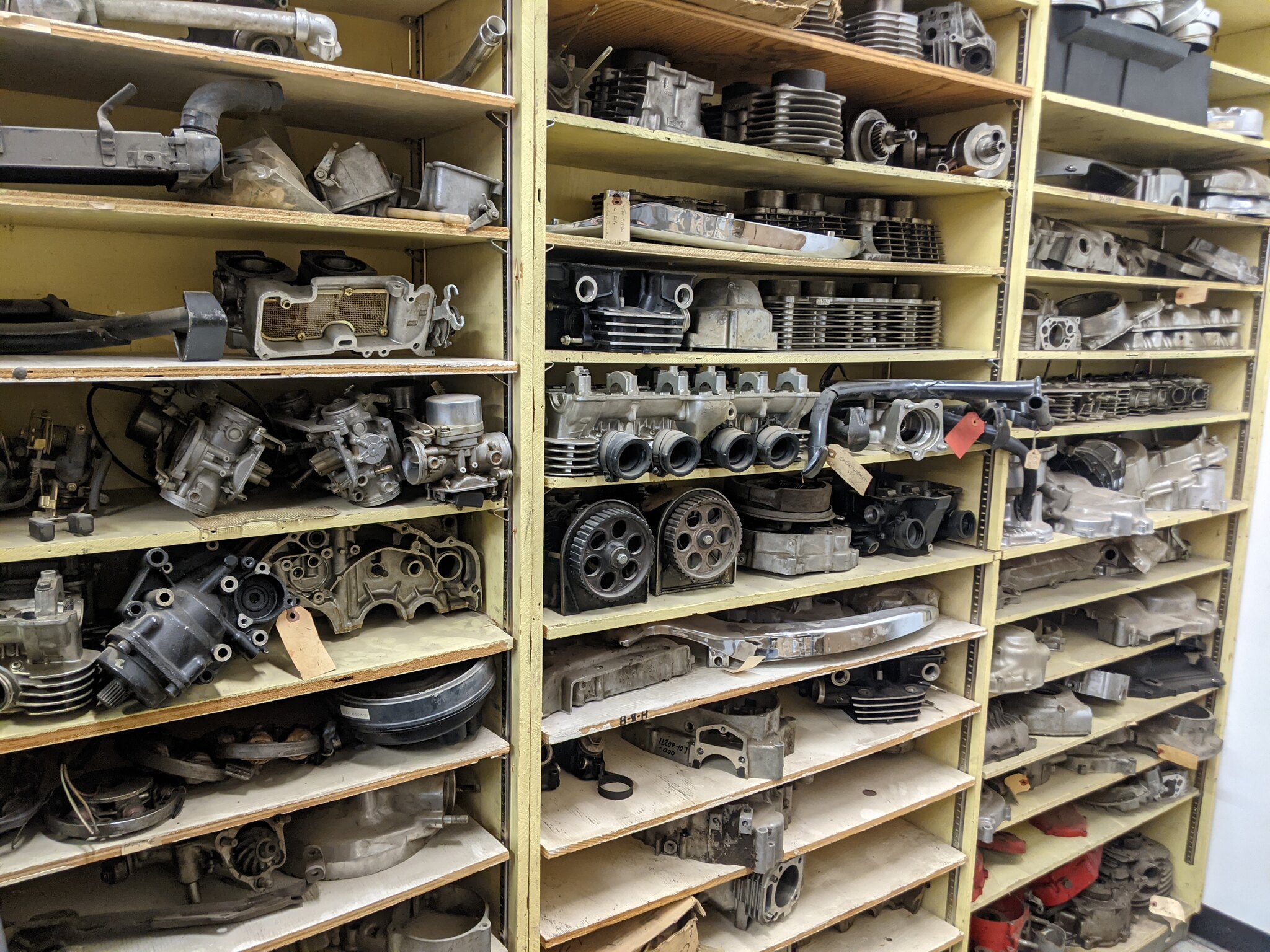Your Go-To Motorbike Shop for Quality Parts and Accessories
Your Go-To Motorbike Shop for Quality Parts and Accessories
Blog Article
Understanding Bike Gears: How to Enhance Your Riding Experience
In the world of motorcycling, grasping the art of equipment manipulation is crucial for improving your riding performance. Appropriately using and recognizing motorcycle gears can significantly influence fuel, control, and acceleration performance, changing a typical experience into a seamless, exciting journey. By integrating exact change timing and adjusting equipment choice to different road conditions, bikers can make certain optimal engine efficiency and security. The subtleties of clutch control, throttle control, and equipment auto mechanics bid a deeper expedition, assuring to unlock the full capacity of your equipment. Exactly how can these methods be taken advantage of to absolutely enhance your riding experience?
Recognizing Gear Mechanics
Exactly how do the ins and outs of equipment technicians affect motorcycle performance? At the core of motorcycle dynamics, gear mechanics play a critical function in converting engine power into movement, eventually determining rate and control. Gears, thoroughly crafted parts, permit cyclists to maximize torque and rate, ensuring a smooth change through different surfaces and rates. The equipment proportions, meticulously made, determine the partnership in between engine changes and wheel turns, affecting acceleration and fuel efficiency.
Understanding equipment mechanics starts with recognizing the relevance of the transmission, which houses numerous gears of varying sizes. These equipments communicate via a process known as meshing, where teeth of different equipments engage to send power.
Additionally, the concept of gear changing is important to making the most of efficiency. Timely and smooth changes ensure that the engine operates within its optimum power band, avoiding unneeded pressure and enhancing durability (motorbike shop). By understanding these mechanical intricacies, bikers can attain an unified blend of effectiveness, control, and power, elevating their riding experience
Timing Your Shifts
Shift timing proficiency is crucial for optimizing motorcycle performance and improving the riding experience. Effectively timed changes ensure that the engine operates within its ideal power band, which is vital for keeping control, achieving smooth acceleration, and making sure the long life of the bike. Cyclists have to develop an intuitive sense of when to shift gears, which involves understanding the relationship between engine changes per min (RPM) and rate.
To understand change timing, pay attention to the engine's noise and really feel, as these supply crucial hints regarding when to change gears. The perfect shift point generally occurs when the engine approaches the upper variety of its power band without reaching the redline. Shifting also early can bring about a lack of power, while changing also late might trigger unneeded engine strain
Furthermore, roadway conditions and riding design influence shift timing. In comparison, during highway riding, less shifts at higher rates can be more proper.
Enhancing Gas Efficiency
While understanding motorcycle gears is essential for efficiency, boosting fuel effectiveness is just as important for both ecological and economic reasons. Ideal gas intake not only decreases functional prices but likewise lessens the eco-friendly footprint of riding. To achieve this, one need to recognize the intricate relationship between gear option and engine efficiency.
Riding in a greater gear at lower speeds can lead to engine lugging, which is detrimental to both fuel economy and engine health. On the other hand, riding in lower gears at high speeds results in unneeded gas intake.
In addition, normal maintenance plays a critical role in fuel performance. Ensuring that the motorcycle is well-tuned, with tidy air filters and effectively blew up tires, can minimize and improve aerodynamics fuel wastefulness. Embracing a riding style that embraces steady acceleration and smooth deceleration can contribute to better gas economy.

Strategies for Smooth Transitions
Achieving smooth equipment shifts is basic to improving the riding experience and ensuring the long life of a motorcycle's transmission system. Correct gear changing not only adds to a seamless visit our website experience but additionally minimizes damage on the mechanical components. To grasp the art of smooth transitions, motorcyclists must concentrate on a couple of essential strategies.

Second of all, clutch control plays a pivotal role. Engaging and disengaging the clutch efficiently calls for technique. The clutch lever ought to be released slowly, permitting for a smooth transfer of power from the engine to the wheels without causing a jolt or abrupt movement.

Adapting to Road Conditions
Navigating varied roadway problems this website is an important ability for any type of motorcyclist aiming to maintain control and safety. Whether you're riding on damp surface areas, crushed rock roads, or navigating sharp turns, your capacity to adjust your gear usage and riding technique is extremely important. Recognizing just how to change your gears appropriately can significantly influence grip and security, guaranteeing a safer trip.
On damp roads, it is recommended to maintain greater gears to reduce torque and decrease wheel spin. This strategy aids preserve grip on unsafe surfaces, permitting smoother velocity and deceleration. In contrast, when riding on gravel or irregular terrain, lower equipments are more effective. Lower equipments supply better control and permit you to respond even more quickly to unexpected adjustments in the road surface area.
Sharp curves demand precise equipment administration to balance rate and control. Downshifting prior to entering a curve can help keep momentum while ensuring the bike stays steady throughout the turn. Regular practice in diverse problems enhances your capacity to anticipate and react to changes in road texture and slope.
Conclusion
Mastering motorcycle gears significantly enhances the riding experience by improving gas, velocity, and control performance. Adjusting gear selection to various road problems, such as making use of greater equipments on wet surfaces and reduced equipments on crushed rock, additional enhances handling and safety.
Comprehending gear mechanics starts with identifying the value of the transmission, which houses several equipments of varying dimensions. These equipments engage with a process known as meshing, where teeth of different gears involve to send power (motocross gear). Gentle adjustments to the throttle throughout check out this site gear changes can stop jerky motions and maintain a regular riding speed
Whether you're riding on wet surface areas, gravel roadways, or navigating sharp turns, your ability to adjust your gear use and riding method is critical. Adjusting gear selection to numerous road conditions, such as making use of higher gears on damp surfaces and reduced equipments on gravel, further boosts handling and security.
Report this page